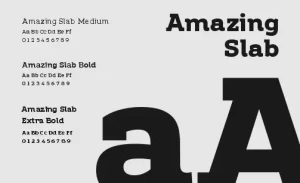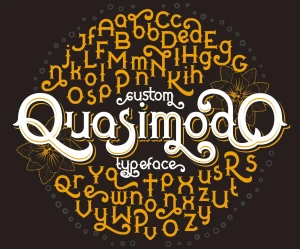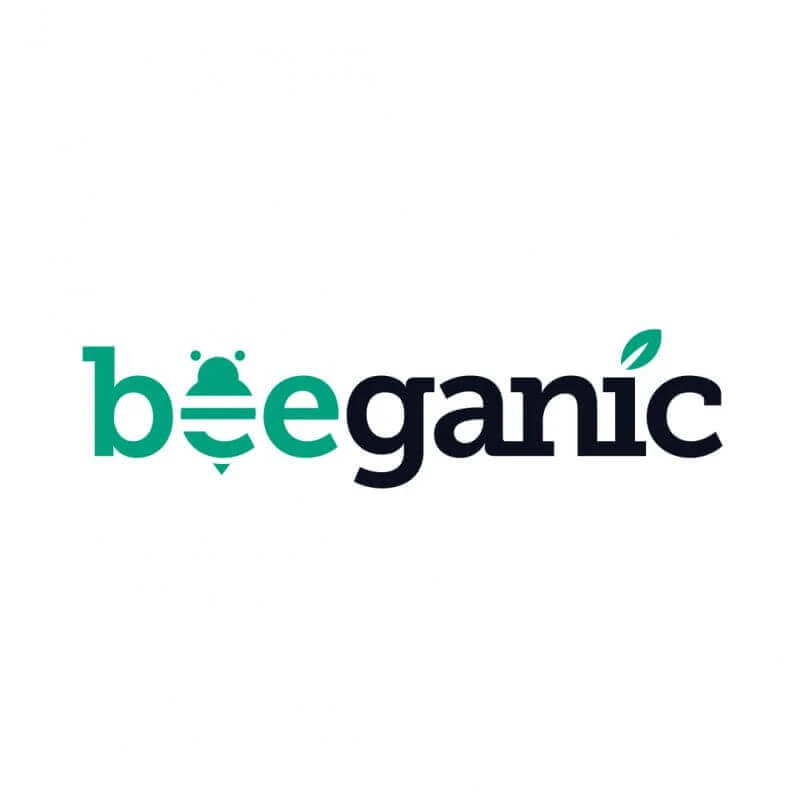As 2024 begins, the styles of letters and text are changing. These letter styles help show a company’s identity and brand. Brand designers make logo designs using different fonts.
Custom illustration with drawings is getting popular. Illustration services that create unique artwork are in demand. Brands want full graphic design packages that include typography.
Simple, Clean Fonts
Minimalist fonts with very clean looks are trending. But these plain fonts have small touches that make them special. Brand designers use fonts without decorations but add character. It’s minimalism with a twist of personality.

Custom Lettering Art
For logos and branding, custom lettering and illustration is big. Brands want to connect with customers through visual stories. Artists who draw custom letters and images are wanted. Their work blends words with pictures for a brand’s message.
Vintage Fonts, Fresh Style
Old-fashioned fonts are making a comeback but with modern updates. These retro-style fonts combine classic and new styles. Elegant fonts with geometric tweaks are examples.
Handmade script fonts with edgy looks are used too. The old meets new for a familiar yet innovative feel.
Big, Bold Type
With many brands competing, some use very large, thick fonts. These bold, high-contrast fonts demand attention and make a statement. They often pair with simple design elements for high impact.
Accessible Typography
Fonts must be readable for those with visual or learning needs. Designers create new fonts or adjust old ones for better accessibility and inclusivity.
Experimental Fonts
Some fonts defy tradition with unconventional shapes or textures. These unusual fonts are like artistic pieces. Brands wanting to stand out use these boundary-pushing font styles.
In 2024, the letters a brand chooses will keep evolving. Typography allows brands to show personality and connect through smart font choices. Whether using a straightforward modern style or an expressive custom design, selecting the right fonts is crucial for shaping the corporate identity.

Finding the Right Fonts
With so many options, how do brands pick fonts that fit? Graphic designers recommend considering the company’s values and image goals first.
A fun, youthful brand may want a quirky handwritten style font. A prestigious financial company may prefer serif fonts that look formal and trustworthy. The colors, shapes, and emotional tone of the font should match the brand’s desired impression.
Design packages from branding agencies usually include multiple complementary fonts. One standout display font may be used for logos and headers. Then a couple of simpler text fonts are included for body copy and marketing materials. Mixing and matching fonts this way adds visual interest and hierarchy.
Overall, the goal is to use fonts that convey the brand’s personality consistently across all platforms. From websites to product packaging to ads, the typography should reinforce the corporate identity at every touchpoint. Keeping fonts on-brand is key in today’s crowded marketplace.
Expanding Brand Fonts
While choosing primary fonts is crucial, some brands take it a step further in 2024 by expanding their typography systems. Rather than sticking to just a few fonts, they develop extensive font families that can flex for various content needs.
These expanded font collections allow brands to have different weights, widths, and styles that still feel cohesive. A brand may use a thick, bold font for impactful headlines but a complementary thin or condensed version for body text. Graphic designers value these flexible font suites to create consistency across ads, websites, catalogs and more.
Major brands are even working with type foundries to create proprietary custom fonts unique to their brand’s visual identity. These bespoke font families ensure the company’s typography stands out and can’t be replicated by competitors.
From unique letterform tweaks to managing font licensing, these custom illustration services for type design provide brands with a powerful differentiator.
Interactive Typography
Another innovative trend taking hold is interactive or animated typography, especially for digital brand experiences. Rather than static fonts, texts and logos come to life through motion, visual effects and programmed behaviors.
Kinetic type may have letters that bounce, explode apart, or morph fluidly into different shapes and configurations. Some examples even integrate user interactions, such as fonts that respond to mouse movements, clicks or scroll behaviors.
While this animated type isn’t ideal for long-form reading, it grabs attention and adds energy for brand splash pages, promotional videos, and immersive website experiences. It’s one more creative tool for brand designers to make their corporate identity dynamic and unforgettable.
For example, one 3D Game Art Studio is implementing interactive typographies. Their use of 3d illustrations and motion creates a unique experience on their website.
Looking Ahead
With constant reinvention happening in the font world, anticipating future typography trends is an exciting challenge. As technology like AI and augmented reality advance, new frontiers may open for innovative type design and implementation.
Whatever emerges, one thing is clear: strategic font choices have become central to effective branding and corporate identity work.
In 2024 and beyond, companies will continue partnering closely with talented graphic designers, illustrators, and font creators to craft fonts that embody their unique brand narrative.
If you are looking for an affordable graphic designer to help with your brand identity, we are ready. The NetMen Corp provides affordable logo design services and creates strong corporate identities. If you are looking for graphic designers in Miami, we are ready to help.



